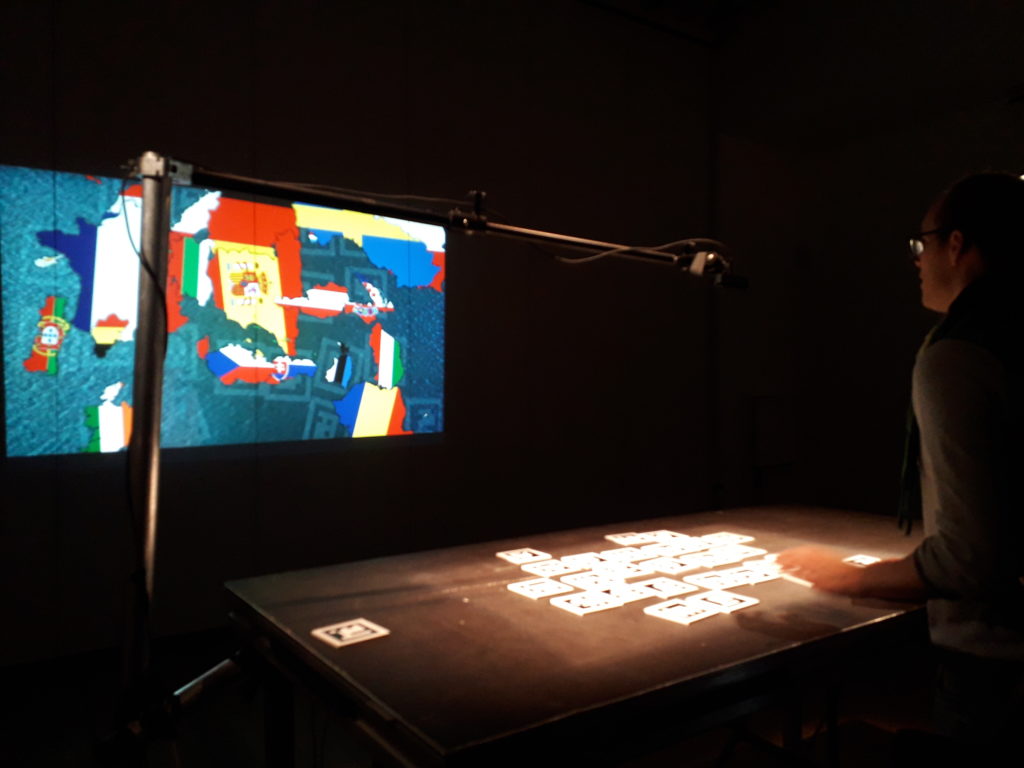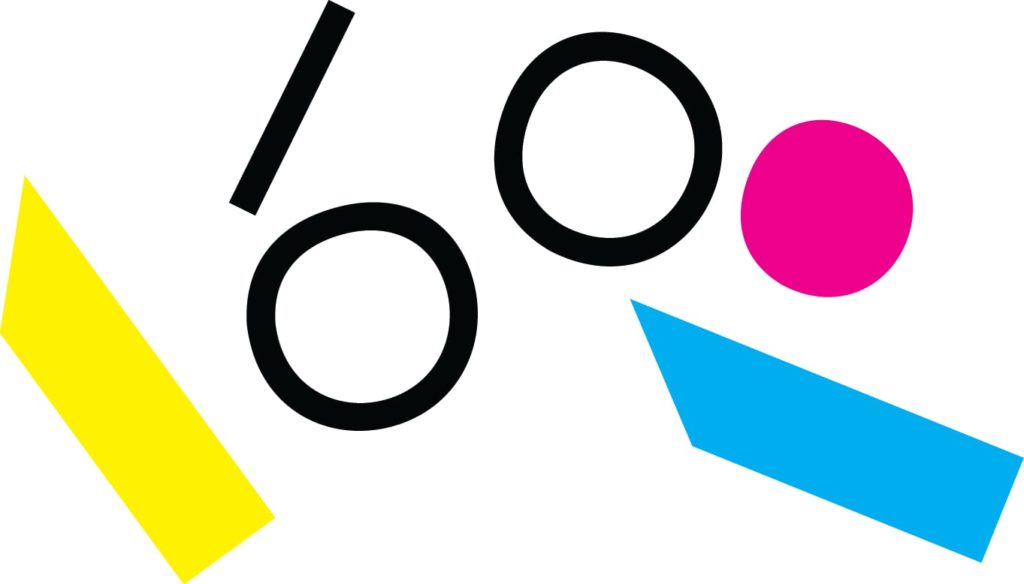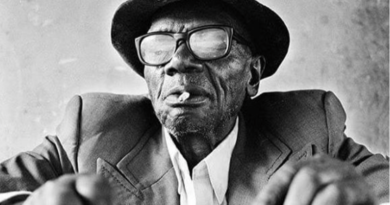What would you want people from other EU countries to know about your country? – Myths and Demons at Bozar
We are celebrating 100 years since the ending of World War I but the project: European years of Modernity, reminds us of another significant event. In Central and Eastern Europe, 1918 is also largely associated with the rapid disintegration of empires and the birth of nine new states. This commemoration inspired an event which reminds us how unstable the political borders used to be and the social dreams and projects which reshaped Europe in the way we see it today.
BOZAR, Culture Action Europe and Archa Theatre (Prague) organised: Myths and Demons, the closing participative debate of the year-long project 1918 European Dreams of Modernity. 100 Years On. The beginning of the project gathered a variety of artists and intellectuals from across Central and Eastern Europe to share their visions of the centenaries of independence of their home countries after WWI. To mark the end of the project, several commonly held notions were questioned in the form debates, meetings and performances throughout 2018: Nation, Territory and Citizenship.

From all discussions about immigration and national identity, this event was particularly curious because it didn’t invite only recognised professionals for a discussion but also the visitors took a big role in the evening programme by sharing their thoughts through different artistic mediums which were presented in a very engaging way.
The programme included a collaborative workshop, during which the audience created images or recordings related to the topic. Visitors co-created the visual atmosphere and the global soundscape of the workshop, leading to a vast sharing of narratives. One of the corners presented the similarities between European Union flags. Have you noticed in how many countries the main symbol is a profile of a lion? Does it have a crown?
Another round table intended to create a new modern European hymn with the themes which represent the values of the Union. The main question was – should we rely on lyrics to commemorate the past or to look towards the future?
The third one was questioning people about the song which reminds them mostly of Home. Everyone wanted to share a song that can be presented later in the discussion. On the question “Do people choose the same theme for the songs?”, one volunteer replied: “Some lyrics are about the nation, others focused on politics, and some – about nature.”

Last but not least, an interactive map in the form of puzzle gave the opportunity to the audience to make their own EU map. How do you envision Europe? What is the future of the European continent 100 years from now? And tables for small drawings with text and personal audio recording of the question: What would you want the people from other EU countries to know about your country?

Key note speech: Two Central Europes
Where is Central Europe and how the connotation changes through the centuries? No need to talk about the center and the periphery. It’s not politically and historically correct. Many labels, borders are abstraction. Cultural historian and professor Martin C. Putna talked about the dis-symmetry in a Europe defined through the ages by the river Rhine (Strasbourg, Brussels, Luxembourg). Where is Central Europe actually?
Key note speech: Two countries built from two nations
“From marching and shouting, We are the people, we emigrated from a country to country and then we asked, Who are the people? Who am I? So we were standing still – 6 hours of annoying silence not knowing the answer.”
Belgian writer and philosopher Pieter De Buysser focused on the (non) common points that appear when comparing Belgium and Czechoslovakia. What does language mean for the identity of the nation? What is happening in the minds of people when one of the languages is preferred? What did that mean a hundred years back (looking to the past), and what does that mean now and in the coming decades (looking to the future)?

Discussion Myths and Demons
The title refers to nationalisms as false imaginations of the coexistence of different kinds, the fear of that coexistence, the new borders, the calling for new borders, the loss of trust by citizens, the repetition of history.
The curators Peter De Buysser and Martin Putna invited six experts to a discussion on the future – perceived, dreamt or desired – of the continent. The most interesting questions were on social projects in the past: What are the positives of the Habsburg Empire or the Communism? Did they teach us a lesson? Do you think there will be another utopian project in the future?



